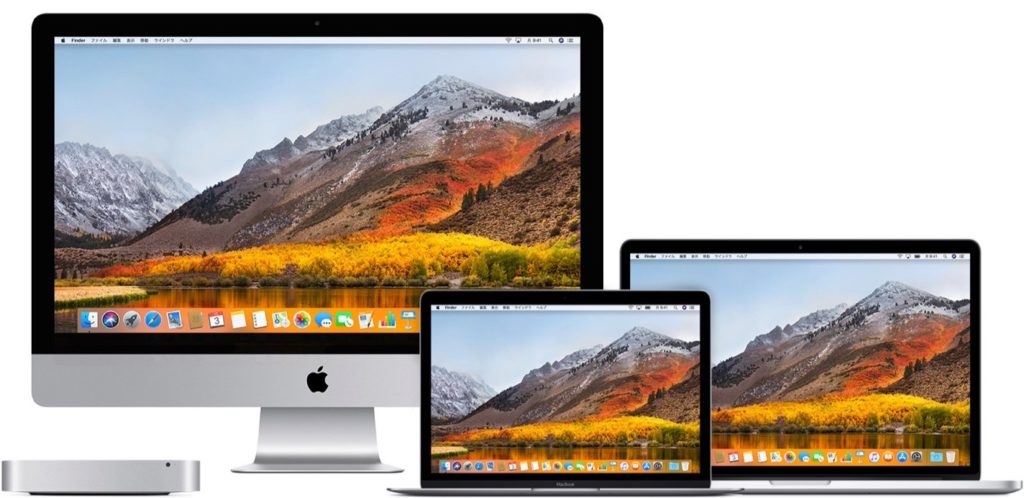
- #Onyx for mac os 10.13.1 how to#
- #Onyx for mac os 10.13.1 update#
- #Onyx for mac os 10.13.1 full#
- #Onyx for mac os 10.13.1 pro#
- #Onyx for mac os 10.13.1 software#
Just check out this reference for known Windows malware files that references that one specific hash. The second file path ( /var/db/uuidtext/) contains files that are references in the main *.tracev3 log files.īut in your case the “magic” seems to come from the hash: BC8EE8D09234D99DD8B85A99E46C64 This directory contains some other files as well including additional log *.tracev3 files and others that contain logging metadata. These files are binary files that we’ll have to use a new utility on macOS to parse them. These files are named with a timestamp filename following the pattern 3. The first file path ( /var/db/diagnostics/) contains the log files. It’s most likely a false positive since /var/db/uuidtext/ is related to the new “Unified Logging” subsystem that was introduced in macOS Sierra (10.2). Pretty sure there is no virus, malware or trojan at play and his is all a highly coincidental false positive. Therefore, a common virus removal forum isn't helpful in my situation, since I've already attempted to remove it with both Avast, malwarebytes, and manually.

But Avast keeps labeling this as a potential “Cryptonight” virus and no one else online has posted anything about this issue. But I am unsure since I only have one MacBook and no one else that I know that has a mac has updated the OS to High Sierra.
#Onyx for mac os 10.13.1 update#
I suspect that this supposed “virus” is coming from the Apple update and that it is just a pre-installed file that is created and runs every time the OS is booted/rebooted.
#Onyx for mac os 10.13.1 how to#
So I have no clue where this has came from to be honest and I have no clue how to get rid of it. I checked all of my chrome extensions and nothing is out of order, I haven't downloaded anything special within the past week, besides the new Mac operating system (macOS High Sierra 10.13.1).
#Onyx for mac os 10.13.1 full#
My Avast runs full system scans every week, so this just recently became an issue this week. So if something is mining in the background, I can't tell at all. My CPU is running below 30%, my RAM is generally below 5GB (installed 16GB), and my network hasn't had any processes sending out/receiving large amount of data. I've been monitoring my CPU usage, Memory, and Network and I haven't seen a single odd process running. I researched the file path and cryptonight and found out that cryptonight is/can be malicious code that can run in the background of someone's computer to mine cryptocurrency. I want to avoid wiping the laptop and re-installing everything, so that is why I am here. Therefore the virus is re-creating the file every restart of the laptop. So I decided to let Avast put it in the virus chest, restarted the laptop, and again the file was in the same location again. The file reappeared in the same location.
#Onyx for mac os 10.13.1 pro#
I found nothing, until I restarted my macbook pro today. So, after deleting the file I did several more full system scans to check to see if there were any more files. The file's location is : /private/var/db/uuidtext/7B/BC8EE8D09234D99DD8B85A99E46C64Īvast categorizes the infection file as : JS:Cryptonight
#Onyx for mac os 10.13.1 software#
Should this not fix the app issue, you can restore the original plist file by dragging the original plist file you saved to the desktop back to the Preferences folder.Yesterday I ran a full system scan using my Avast antivirus software and it found a infection file.
:max_bytes(150000):strip_icc()/Onyx-5a48205d5b6e24003721c359.jpg)
You'll need to reconfigure the app to meet your needs, just as you did originally. If the plist file was corrupted, Photos will create a new one and, fingers crossed, the app will open although all of its preferences will be in the default state. Scroll down this list till you come to "". Click on this.Īnother window, another long list. Go down this list till you see "Preferences". This will open a window with a large list of folders in alphabetical order. About half way down, and immediately under "Home", you will see "Library".

Whilst holding down the Option Key, Click on "Go". On the same Menu Bar, three along, you will see "Go". On a blank desktop, look at the Top Menu Bar which should show Finder next to the Apple icon. Plist files can become corrupt when your Mac shuts down or restarts unexpectedly, or an app freezes or crashes. In many cases, the corrupt file is the app's preference file, also known as a plist. As mrplow said, make sure you have a Backup (BU) in place.Ī not uncommon cause of an app not working is a corrupt file used by the app in question.


 0 kommentar(er)
0 kommentar(er)
